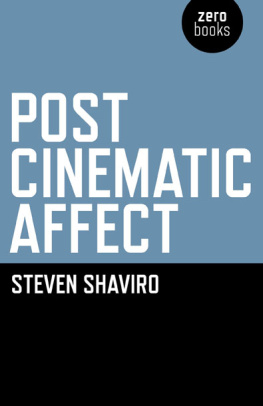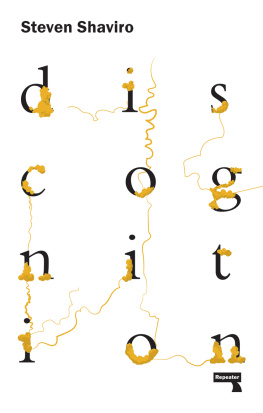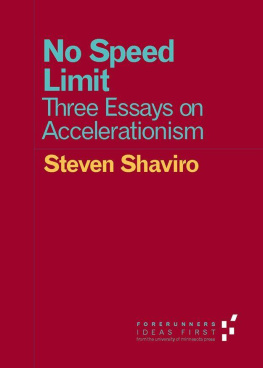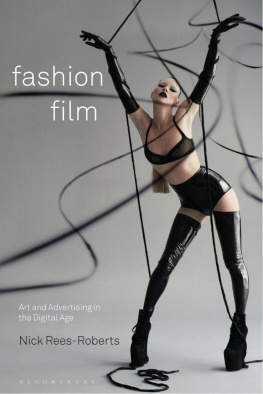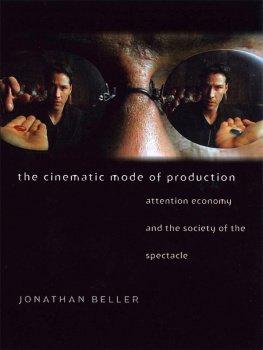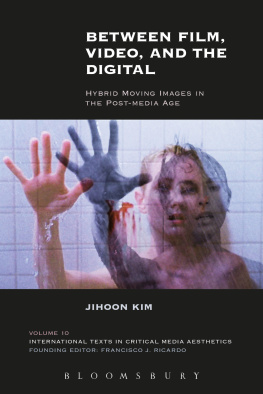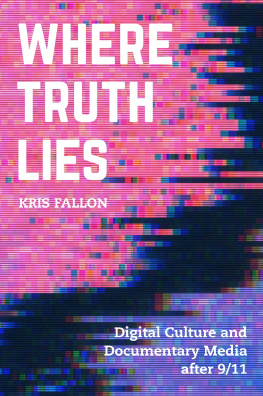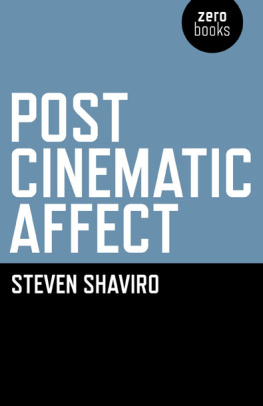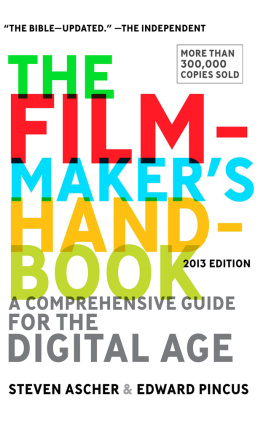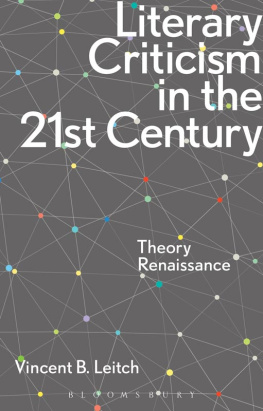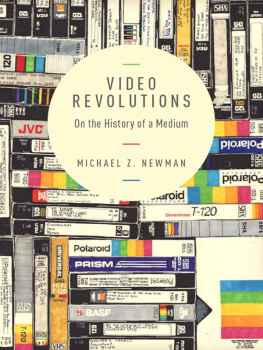Contemporary culture has eliminated both the concept of the
public and the figure of the intellectual. Former public spaces
both physical and cultural are now either derelict or colonized
by advertising. A cretinous anti-intellectualism presides,
cheerled by expensively educated hacks in the pay of
multinational corporations who reassure their bored readers
that there is no need to rouse themselves from their interpassive
stupor. The informal censorship internalized and propagated by
the cultural workers of late capitalism generates a banal
conformity that the propaganda chiefs of Stalinism could only
ever have dreamt of imposing. Zer0 Books knows that another
kind of discourse intellectual without being academic, popular
without being populist is not only possible: it is already
flourishing, in the regions beyond the striplit malls of so-called
mass media and the neurotically bureaucratic halls of the
academy. Zer0 is committed to the idea of publishing as a
making public of the intellectual. It is convinced that in
the unthinking, blandly consensual culture in which we live,
critical and engaged theoretical reflection is more important
than ever before.
2 Corporate Cannibal
Nick Hookers video for Grace Jones Corporate Cannibal is in black and white. Or, more precisely, it is just in black. The only images that appear on the screen are those of Jones face and upper body. These images were captured by two video cameras, in a single take. The director recalls that, at the time of the shoot, Jones had just spent several months in Jamaica; as a result her skin was intensely black, like dark, dark black. There is no background to contrast with the black of Jones figure, or with what Hooker calls the raw glow of her skin (Hermitosis 2008). The video was actually shot in color, with a white wall for background; but in postproduction the director desaturated the footageand brought up the contrast which made the white wall fall away entirely and consequently enhanced the blackness of her skin (Hooker 2009). As a result of this treatment, there is literally nothing in the video aside from Jones skin, her features, and her silhouette. Behind her, there is only an empty blankness; it is this absence of any image whatsoever that we see as white. Evidently this play of black and white, and of full and empty, has racial implications, as well as formal and visual ones implications to which I shall return.
The video works by continually manipulating Grace Jones figure. In the course of the songs six minutes and eight seconds, this figure swells and contracts, bends and fractures, twists, warps, and contorts, and flows from one shape to another. At the start, there is just a twisted, diagonal double band, extending across the empty screen like a ripple of electronic disturbance; but this quickly expands into Jones recognizable image. At the end of the video, the entire screen goes black, as if it had been entirely consumed by Jones presence. In between, Jones image is unstable and in flux; nothing remains steady for more than a few seconds. Certain configurations tend to recur, however. In the most common of these, Jones body, and especially her face, are elongated upwards. It is as if she had an impossibly long forehead, or as if her notorious late-1980s flattop haircut had somehow expanded beyond all dimensions. Along with being distended, Jones body is also thinned out: made gracile (if that isnt too much of a pun) and almost insectoid. At other times, in extreme close-up, Jones mouth stretches alarmingly as if it were about to devour you; or one of her eyes bulges out and smears across the screen like a toxic stain. Sometimes her whole figure multiplies, as if in a house of mirrors, into several imperfectly separated clones. And sometimes, we even get to see a nearly undistorted shot of Jones eyes, nose, and mouth. But then it is gone, twisted out of shape again, almost before we are able to take it in.
In spite of all these distortions, Jones remains recognizable throughout. This is not surprising when you consider that, after all, Grace Jones has never looked (or sounded) remotely like anyone else. Even in her early modeling days, before she became a singer and performer, she stood out by dint of sheer ferocity. At the peak of her popularity, in the late 1970s and early 1980s, her persona was hard-edged and confrontational. She went through many changes, but what always remained the same was a sense that nobody could mimic her or replace her and that theyd better not even try. The Corporate Cannibal video extends this history. Even as it melts and scatters Jones features, it retains their abrasive, angular uniqueness. In the course of the videos manipulations of her image, Jones appearance loses all identity; it is never the same from one moment to the next. And yet her figure continues to insistently confront us. As we hear her voice on the soundtrack, her lips and mouth hold our visual attention. Through all its changes, Jones figure projects a certain style or emphasis; it marks the screen in a unique way. Such is Jones singularity as a pop culture icon. I mean this in an almost material way. Nick Hooker recalls that, when he started to work on Jones image in post-production, I realised quickly that she started to feel like an oil spill (Hooker 2009). I take this to mean that her figure on screen is fluid and mutable, but at the same time thick and viscous. It never goes away; and it retains a certain dense materiality, even within the weightless realm of digital, electronic images. It thereby resists the very transformations that it also expresses. When the music ended, Hooker says, I imagined Grace returning to such a state: silent, still, shapeless (Hooker 2009). The stickiness and inertia of Jones image, its material self-retention through all its fluid transformations, is what I call her iconic singularity, without identity.10
Nick Hookers earlier music videos, for U2 and other bands, make use of the same kinds of electronic manipulation that we find in Corporate Cannibal.11 But many of these earlier videos are in full color; they are often wholly abstract; and they tend to involve full-field transformations, rather than concentrating on a single human figure. As a result, they feel trippy and psychedelic in contrast to the harshness and ferocity of Corporate Cannibal. These earlier videos are about free-flowing metamorphosis; but Corporate Cannibal is about modulation, which is something entirely different. Metamorphosis is expansive and open-ended, while modulation is schematic and implosive. Metamorphosis implies the abilityto move laterally across categories (Krasniewicz 2000, 53); but modulation requires an underlying fixity, in the form of a carrier wave or signal that is made to undergo a series of controlled and coded variations.12 Metamorphosis gives us the sense that anything can happen, because form is indefinitely malleable. But the modulations of Corporate Cannibal rather imply that no matter what happens, it can always be contained in advance within a predetermined set of possibilities. Everything is drawn into the same fatality, the same narrowing funnel, the same black hole. There is no proliferation of meanings, but rather a capture of all meanings. Every event is translated into the same binary code, and placed within the same algorithmic grid of variations, the same phase space.
The Corporate Cannibal video consists in continual modulations of Grace Jones figure. It thereby exemplifies and internalizes or miniaturizes modulation as the central mechanism of what Gilles Deleuze calls the emerging controlsociety. Modulation works, Deleuze says, like a self-transmuting molding continually changing from one moment to the next, or like a sieve whose mesh varies from one point to another (Deleuze 1995, 179). That is to say, in a regime of modulation there are no fixed or pregiven forms. In Foucaults disciplinary society, as in the regime of Fordist industrial production, everything was forced into the same fixed mold: workers were held to the same disciplinary rhythms on the assembly line, and products were identical and interchangeable. But in the control society, or in the post-Fordist information economy, forms can be changed at will to meet the needs of the immediate situation. The only fixed requirement is precisely to maintain an underlying
Next page
